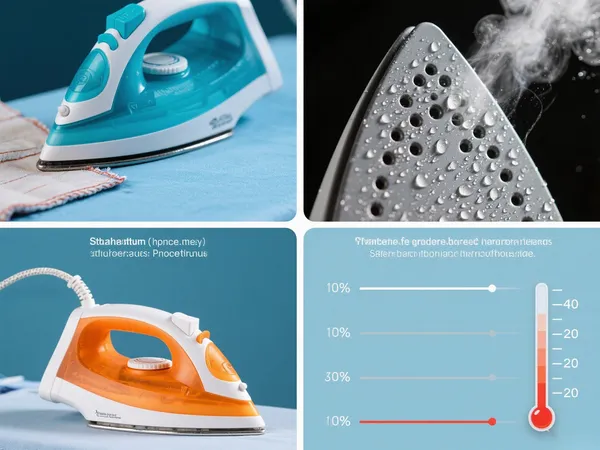Are you looking to take your branded apparel and accessories to the next level? 3D patch embroidery represents the cutting edge of custom patch technology, offering unprecedented depth and visual impact that traditional flat embroidery simply can’t match. In this comprehensive guide, we’ll explore everything you need to know about this innovative technique and how it can transform your products.

What Makes 3D Patch Embroidery Different from Traditional Methods?
3D patch embroidery, also known as 3D puff embroidery, uses specialized techniques and materials to create raised, dimensional designs that literally stand out from the surface. Unlike traditional flat embroidered patches, these custom 3d embroidered patches incorporate a foam backing layer that gives them their characteristic elevated appearance.
The process involves carefully layering thread over a specially designed foam base, which creates the three-dimensional effect once completed. This technique requires significant expertise and precise control over both thread tension and stitch density to achieve the desired 3d effect.
Why Should Businesses Consider 3D Puff Embroidery for Their Branding?
In today’s competitive market, standing out is crucial. 3D puff embroidery offers several unique advantages for businesses looking to enhance their brand presence:
- Enhanced Visual Impact: The raised design creates immediate visual interest and draws attention to your logo or design
- Premium Perception: The high quality and dimensional aspect of 3D patches convey a premium brand image
- Durability: When properly manufactured, 3d raised designs are remarkably durable and washable
- Versatility: These patches can be applied to various items, from caps to jackets and promotional items
How is a Custom 3D Embroidered Patch Created?
The manufacturing process for custom 3d embroidered patches involves several critical steps:
- Design Phase
- Converting artwork into embroidery files
- Selecting appropriate thread colors using Pantone matching
- Determining optimal foam thickness
- 프로덕션 설정
- Preparing the base fabric and foam material
- Loading the digitized design into embroidery machines
- Setting proper thread tension for 3d effects
- Embroidery Process
- Applying the base stitches
- Layering foam material
- Creating the raised design with precise stitch patterns
- Adding finishing touches like merrow borders
What Applications Best Suit 3D Patch Embroidery?
3D patch embroidery excels in various applications where visual impact is paramount:
Corporate Branding
- Company uniforms
- Employee accessories
- Corporate gift items
- Promotional materials
스포츠 및 운동
- Team logos on caps
- Jersey patches
- Sports equipment branding
- Athletic wear embellishments
패션 및 소매
- Designer clothing labels
- Accessory embellishments
- Custom garment patches
- Textile enhancements
How to Choose the Right Backing for Your 3D Patches?
Selecting the appropriate backing is crucial for successful patch application. Common options include:
- Iron-on backing for heat press application
- Velcro backing for removable patches
- Hook and loop systems for tactical gear
- Adhesive backings for permanent attachment
- Sew-on options for traditional application
What Industries Benefit Most from 3D Patch Embroidery?
The versatility of 3d embroidery makes it valuable across multiple sectors:
Manufacturing plants can utilize these patches for:
- Product branding
- Quality control markers
- Equipment identification
- Safety compliance indicators
Retail businesses benefit through:
- High-quality brand labels
- Product differentiation
- Premium packaging elements
- Customer personalization options
How Does 3D Patch Embroidery Enhance Product Value?
The addition of 3D patch embroidery can significantly impact product perception and value:
- Visual Enhancement
- Creates eye-catching dimension
- Offers unique textile textures
- Provides premium appearance
- Enhances brand recognition
- Practical Benefits
- Increased durability
- Better wear resistance
- Enhanced product differentiation
- Improved brand visibility
What Materials and Technologies Are Used in 3D Patch Production?
Modern 3D patch embroidery relies on various materials and technologies:
재료:
- High-quality polyester thread
- Specialized foam backing
- Durable base fabrics
- Custom adhesives
Technologies:
- Computer-aided design systems
- Precision embroidery machines
- Laser cut finishing
- Heat press equipment
자주 묻는 질문
How durable are 3D embroidered patches?
When properly manufactured with high quality materials and strict quality control, 3D embroidered patches are extremely durable and can withstand regular washing and wear. The key is using the right combination of thread, backing, and manufacturing techniques.
Can 3D patches be customized with specific colors?
Yes, custom 3d patches can be produced using any Pantone color matching system. This ensures your brand colors are accurately represented in the final product.
What is the minimum order quantity for custom 3D patches?
While this varies by manufacturer, many factories offer reasonable minimum order quantities for custom embroidery patches. It’s best to discuss your specific needs with a reputable supplier.
Are 3D patches machine washable?
Most 3D patches are washable when properly cared for. However, it’s recommended to follow specific care instructions based on the patch type and backing material used.
How long does it take to produce custom 3D patches?
Production time varies based on design complexity and order quantity, but typical lead times range from 7-14 days for standard orders.
Key Points to Remember
- 3D patch embroidery offers unique dimensional effects that stand out from traditional flat embroidery
- The technique requires specialized equipment and expertise to execute properly
- Various backing options are available to suit different applications
- Proper material selection is crucial for durability and appearance
- Custom options allow for precise brand color matching
- Professional manufacturing ensures long-lasting quality
자수 패치 옵션에 대해 자세히 알아보세요 Explore custom patch solutions View our leather patch alternatives Check out our woven patch options Discover PVC patch possibilities



